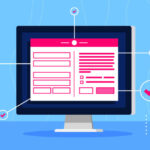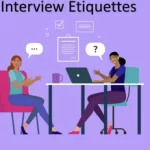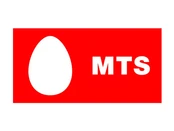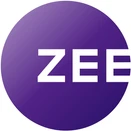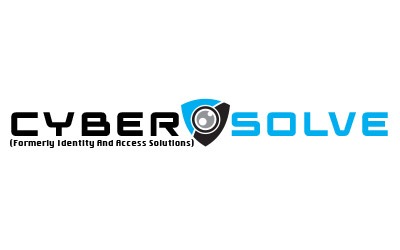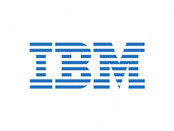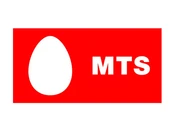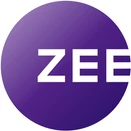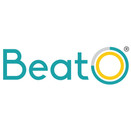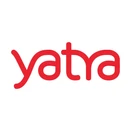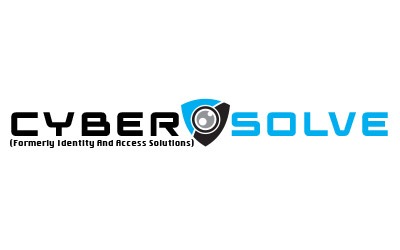Customer journey campaigns or CRM campaigns or Customer communication campaigns or Customer lifecycle campaigns (different names are prevalent in different organizations) are basically an:-
“Interwoven, Integrated, closely knit & highly relevant communication chain to customers, using all modes of communication (like SMS, Email, Push notifications, Whatsapp) which talks to each other based on the past & present behaviour of the customer to provide best ROI & output without making customer feel like bombarded with lots of communication”
Above you can see that communication is in silos & a SMS is not talking to an email or an email is not worried about the app push & so on. Their only task is to get themselves communicated to customer e.g. if a customer has converted (made bookings or placed an order) by seeing an app push, all other communications should be stopped then & there itself but this is not the case here.
Here the entire communication chain is interlinked, interwoven in a form of customer journey. Each communication mode (SMS, Push, emailer etc.) are talking to each other, understanding the customer past & present behaviours & then the final decision is taken. This is called as Customer journeys which gives best ROI & output. Since this is highly relevant for a customer, he don’t gets pissed off & take necessary actions on the communications also
Example to understand this better (How customer journeys are made)
Let’s take an example to understand this. To create these campaigns one needs:-
1) A Tool like Webengage, Moengage, Clevertap, Adobe suite (a more complex and highly elaborative functionalities) etc. While integrating all the events should be passed to these tools to make the customer journeys. A layer of Machine learning sits over this to make the campaign even more smarter.
2) Make a complete flowchart of entire journey (this will become more clear from the example)
3) Then one needs to replicate the flowchart into the tool
The example I am taking here is from travel e-commerce. Suppose a customer drops off from the Domestic flight page. Let’s create a flowchart
1) If a customer drops off from a domestic flights page then decide which platform. Let’s take he drops off from ‘APP’
2) If he drops off from App domestic flights page then decide which page. Let’s take he drops off from ‘PAX DETAILS PAGE’
3) So a customer has dropped from App domestic flights Pax details page. Now decide that whether the customer was NEW OR OLD. Let’s take he was ‘NEW’
4) If he was New, then decide whether he was ‘LOGGED IN OR NOT’. Let’s take that he was LOGGED IN
5) If he was logged in then decide & gather his NAME, ORIGIN CITY, DESTINATION CITY, OFFER (specially for new customers) & the DATE. Let’s take his name was RAVI, searching from DELHI to MUMBAI flight for a departure DATE as 2 days after from the present day.
6) Then send a push notification. See the chart below.
7) Once a user sees the push, he might make a booking. If he makes a booking this customer journey campaign is terminated. He can enter in some other customer journey campaign.
8) Suppose he doesn’t get converted in 4-5 hours, brand need to tap this customer soon as his departure date is near & he might book quickly (from your competitor). So send an emailer with some more exciting discount & create high urgency.
Along with this mail send some flights recommendations also from the APIs which tells about the exact pricing, timings etc. Also promocode used is unique which gives customer a sense of loyalty
9) Chances are that at this stage customer might book. Terminate this journeys if he books. Else wait for 5 more hours.
10) After that send a final push or email in which you give the best possible discount.
The promocode is quite unique and instills a huge loyalty & ‘feel special’ feeling. High chances are that the customer might convert.
1) This was a simple example. Brands make very complex journeys & big journeys in reality with lots of branches in a flowchart
2) All the modes of communication, their messaging & promocodes are automated and fetched from different APIs which are integrated in the tool
3) Preferred modes of communication is also decided based on the previous customer behaviour history e.g. a customer is more likely to convert by app push then, more app pushes are being sent rather than email & SMS
4) Sometimes a customer enter into multiple journeys as he searches a lot on different platforms e.g. he can search flights on app & at the same time he can search hotels on website. He might change search criteria also in multiple searches. So there should always be a upper limit on frequency of communications being sent to one customer
5) Customer journeys are made more smarter by putting a layer of ML/AI over this. When the system is put into continuous learning mode through vast amount of data, then the accuracy of communication & conversions goes up
6) A brand makes hundreds of such campaigns. All big internet consumer space brands uses advance tools to create such customer journey campaigns e.g. e-commerce, grocery, travel, online apparels, beauty care, personal care etc.
7) Since the campaigns are made on a tool & tool works on the data that we feed into, brands should pay maximum attention in passing ALL the data in proper format. If some link of data, or APIs gets broken, the whole campaign comes to a standstill
Why Customer Journey’s?
A brand has to invest significantly to make this happen. The investment are the tools cost (monthly retainer model), resource cost (as a team of 2-3 persons needed to make the campaigns & then manage them. The cost might go up if you decide to go for a more advanced tool like adobe suite. Also multiple product manager, coders are needed to implement the tool in a flawless manner)
Then a question arises why customer journeys are needed & what are it’s ROI?
1) Customer journey campaigns or CRM campaigns increase the chances of conversion hence higher GMV
2) These campaigns help to reduce discounting as brands can play with differential discounting concept (different discounts to different customers based on his past booking behaviour). Hence it saves cost
3) Customers don’t feel bombarded with communications as these are highly relevant & useful for customers
4) Customer are enticed to book/order more items (upsell & cross sell) & hence higher repeat purchase
Hence it makes very much sense for a young startup or an old startup to invest in this. Which tool to take & how to implement is something management has to take a wise call on this.
Do let me know your thought over the article. Any questions & suggestions are most welcome.









